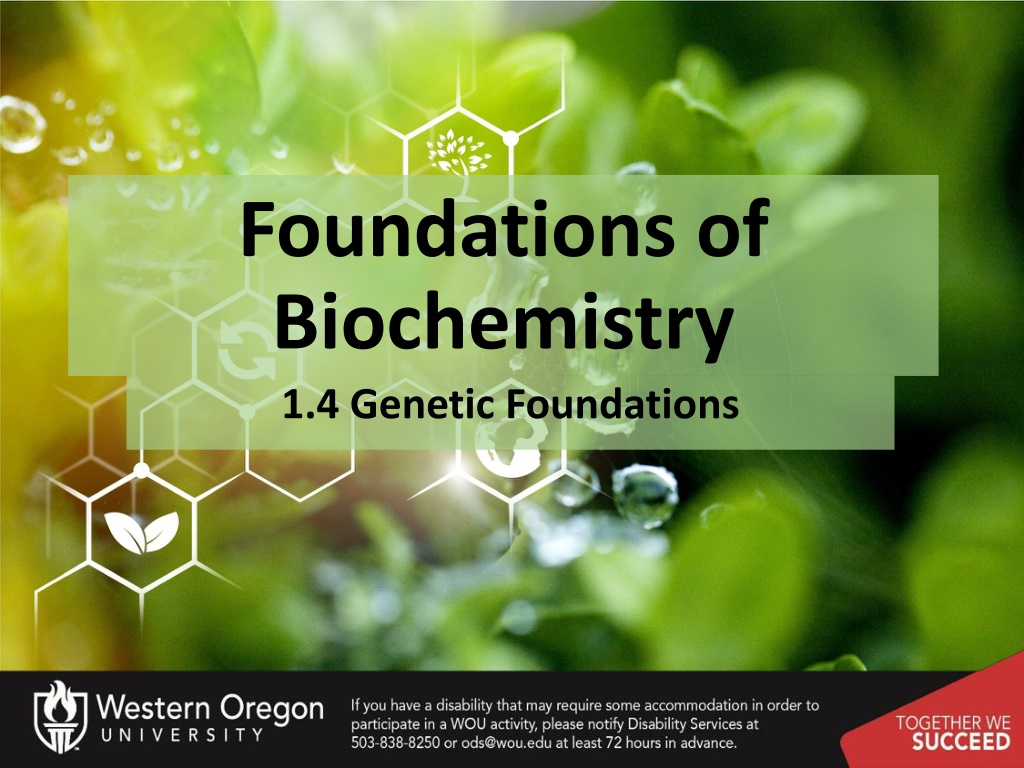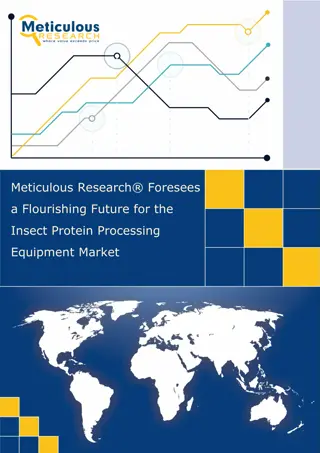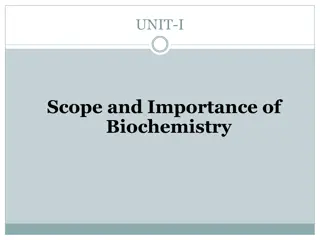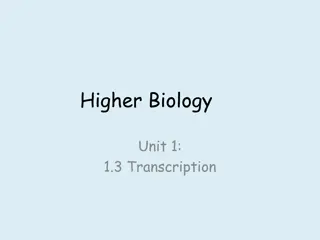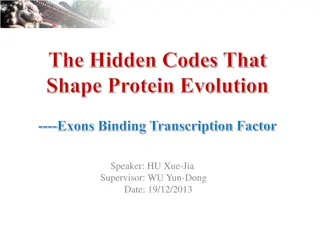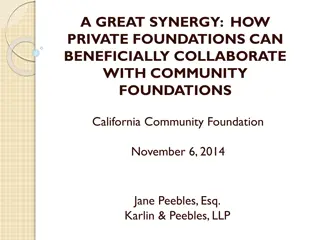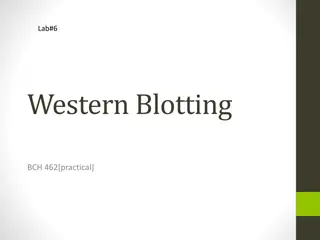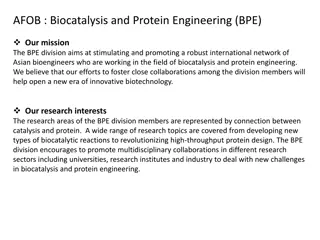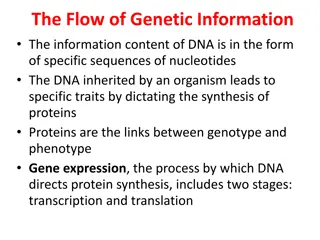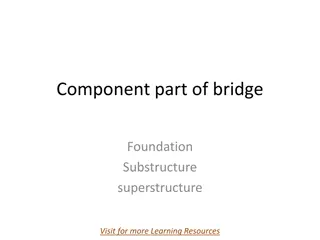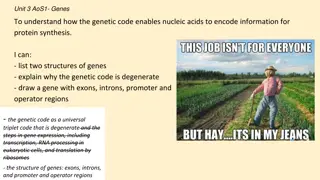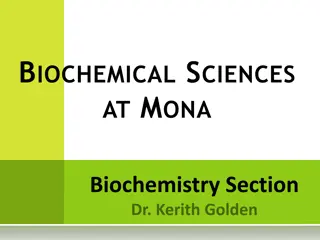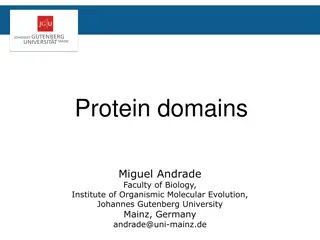Understanding Genetic Foundations and Protein Production in Biochemistry
Exploring the genetic foundations of biochemistry reveals how organisms evolve through natural selection and how phenotype and genotype are interconnected. The process of gene expression plays a crucial role in determining an organism's phenotype. Additionally, protein production through translation relies on codons to specify amino acids, showcasing the intricate molecular mechanisms within living organisms.
Download Presentation

Please find below an Image/Link to download the presentation.
The content on the website is provided AS IS for your information and personal use only. It may not be sold, licensed, or shared on other websites without obtaining consent from the author. Download presentation by click this link. If you encounter any issues during the download, it is possible that the publisher has removed the file from their server.
E N D
Presentation Transcript
Foundations of Biochemistry 1.4 Genetic Foundations
Evolution Evolution Decent with Modification Natural Selection Mechanism Because resources are limited in nature, organisms with heritable traits that favor survival and reproduction will tend to leave more offspring than their peers, causing the traits to increase in frequency within a population over generations.
Phenotype Phenotype Natural Selection acts on an organism s phenotype, or physical characteristics
Phenotype Phenotype Is determined by a combination of two features: The organism s genetic make-up (Genotype) The environment in which the organism lives
Genotype Genotype Humans have two copies of each gene within our genomes that are housed on chromosomes. One set is derived from the father s DNA and one from the mother s DNA (i.e. Paternal vs Maternal Genes). These Paternal and maternal chromosomes that contain genes for the same traits are called Homologous Chromosomes Paternal Maternal
Genotype Genotype When different organisms in a population possess different versions of a gene for a certain trait, each of these versions is known as an allele.
Phenotype is Dependent on Gene Phenotype is Dependent on Gene Expression . Expression .
Protein Production (Translation) RNA is read and translated in groups of three bases known as codons These codons in turn specify a single amino acid that is incorporated into the nacent peptide/protein
Codon Chart Codon Chart Each codon determines a specific amino acid building block that will be incorporated into the protein structures There are 20 amino acids commonly used for protein synthesis These are defined by full name, three letter code, and single letter code
Open Reading Frame (ORF) Open Reading Frame (ORF) The ORF of a gene can be predicted using bioinformatics For each strand of DNA, there are three potential ORFs depending on where you start evaluating the codons. In the example below, Frame 1 contains the longest ORF, and would be predicted to contain correct reading frame of the gene sequence.
Shape Determines Function Protein shapes are similar for paralogs, orthologs, and analogs
Paralogs can Evolve Different Functions!
